We’ve all been told to “eat your vegetables” since childhood—but what if not all vegetables are pulling their weight when it comes to your health? While it’s true that most vegetables provide essential nutrients, not every veggie earns a gold star in the wellness department. In fact, some of the most popular choices in grocery carts and salad bars might be doing more harm than good—especially when consumed regularly or prepared the wrong way.
Certain vegetables are surprisingly high in sugar, starch, or sodium, and others lose their nutritional punch once they’re processed, pickled, or packed in a can. Some even carry risks related to pesticide exposure, gut irritation, or blood sugar spikes. It’s a side of the story that rarely gets told, and it can catch even the most health-conscious eater off guard.
But don’t worry—we’re not here to vilify vegetables or spark a food panic. Instead, we’re separating the pretenders from the true nutritional powerhouses. From watery leaves that offer little more than crunch to fiber-packed greens that strengthen your immune system, this guide reveals the 7 veggies that may backfire on your health—and the 7 that consistently support it.
Whether you’re looking to make smarter choices at the farmer’s market or simply refresh your weekly meal prep, this breakdown will give you clarity and confidence in your veggie game. You’ll discover which vegetables deserve a permanent spot on your plate and which ones may be better off in moderation or replaced altogether. So before you load up your shopping cart with “healthy” produce, read on—you might be surprised by what’s really helping your body thrive… and what’s sneakily holding it back.
1. Potato Problems
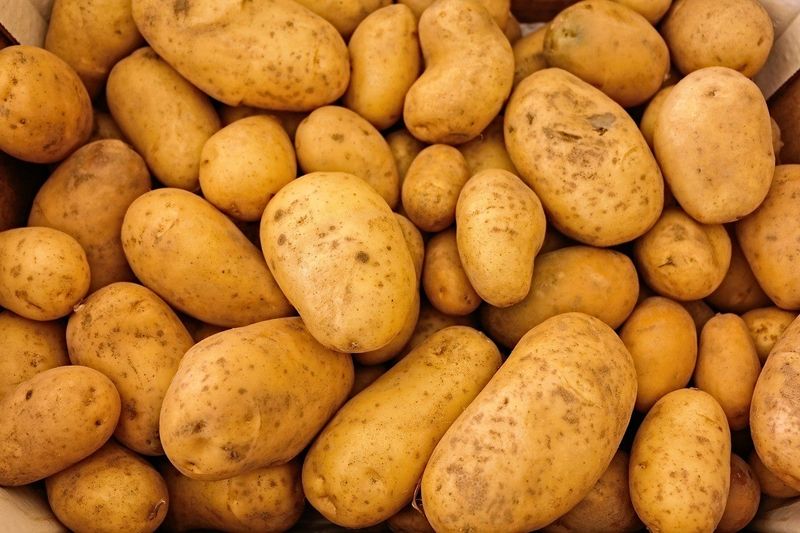
Ever wondered why nutritionists rarely recommend potatoes for weight management? These starchy tubers pack a high carbohydrate punch that can send blood sugar levels soaring, especially when fried or processed.
French fries and potato chips transform this already high-glycemic vegetable into calorie bombs loaded with unhealthy fats and sodium. The nutrients found in potatoes get overshadowed by their blood sugar impact.
While occasional baked potatoes with the skin on provide some fiber and potassium, they’re best consumed in moderation. For daily meals, consider swapping white potatoes for their more nutritious orange cousins – sweet potatoes.
2. Corn Confusion
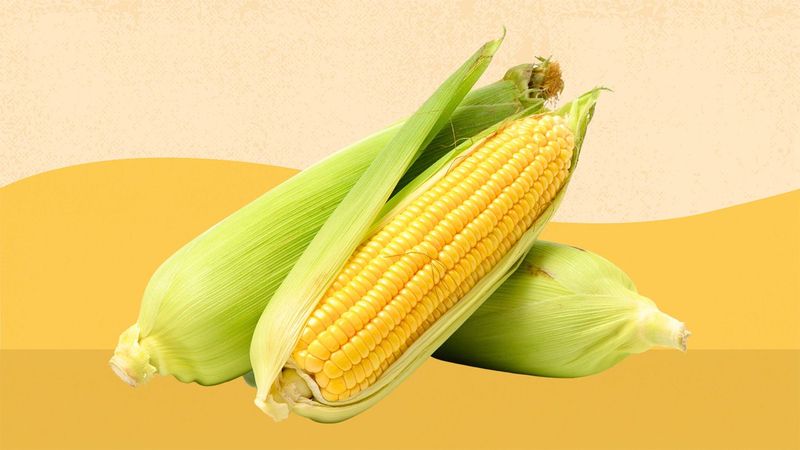
Surprise! That sweet yellow vegetable on your plate isn’t actually a vegetable at all. Corn is technically a grain, and this common misconception leads many people to overestimate its nutritional value.
Loaded with natural sugars and starch, corn causes significant blood sugar spikes similar to white bread. Modern corn varieties are often genetically modified, raising additional concerns for health-conscious eaters.
The bright kernels contain fewer vitamins and minerals than true vegetables like broccoli or spinach. When planning nutrient-dense meals, limit corn to occasional enjoyment rather than making it a dietary staple.
3. Lackluster Iceberg Lettuce
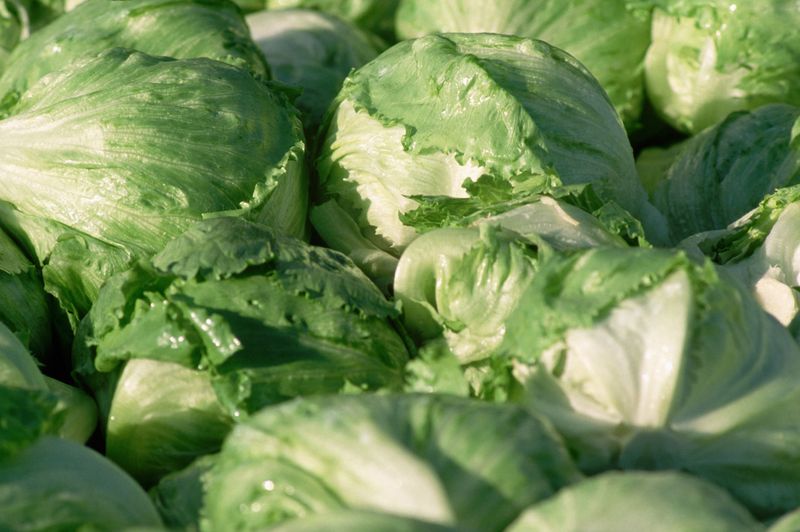
Crisp and refreshing, iceberg lettuce makes the perfect crunch in burgers and tacos, but its nutrition profile tells a disappointing story. This pale lettuce is about 96% water with minimal vitamins, minerals, or antioxidants.
A serving offers practically no fiber compared to its leafy green relatives. The minimal nutritional payoff makes iceberg a poor choice when building nutrient-dense salads or sandwiches.
Dark, vibrant greens deliver exponentially more nutrition per bite. Next time you’re making a salad, reach for spinach, arugula, or kale instead – your body will thank you for the nutritional upgrade.
4. Cucumber’s Empty Promise
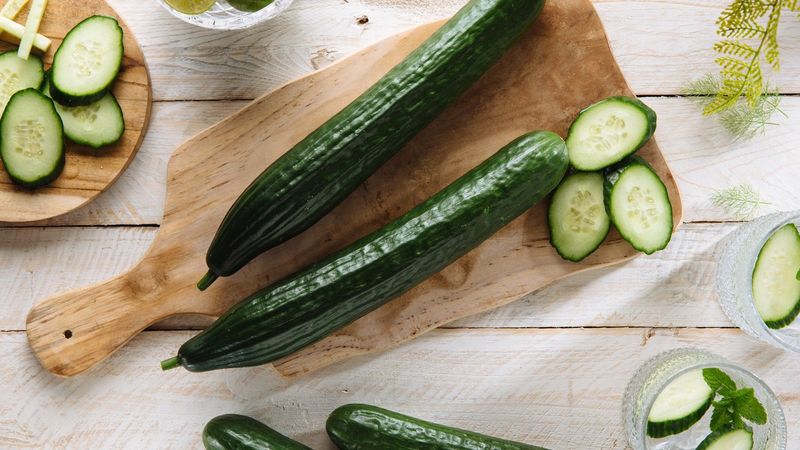
Cool and crunchy cucumbers make satisfying snacks when you’re watching calories. At 95% water, they’re incredibly hydrating but fall short in the nutrition department.
A typical cucumber slice contains trace amounts of vitamins and minerals – not enough to make meaningful contributions to your daily requirements. Many people mistakenly build salads around cucumbers thinking they’re getting substantial nutrition.
While they won’t harm your health, cucumbers shouldn’t be your primary vegetable choice. Think of them as refreshing accents rather than nutritional foundations. For truly nourishing hydration, pair cucumbers with nutrient-dense vegetables for balanced meals.
5. Pickled Vegetable Pitfalls

Those tangy pickled vegetables might jazz up your sandwich, but they come with hidden health costs. Traditional pickling methods often use excessive sodium – a single pickle spear can contain up to 20% of your daily sodium allowance!
Many commercial varieties add artificial preservatives, colors, and sweeteners that negate the original vegetable benefits. Regular consumption of high-sodium pickled foods has been linked to increased blood pressure and water retention.
While fermented options offer probiotic advantages, most store-bought pickled vegetables prioritize shelf life over health benefits. If you love the tangy flavor, try making small batches at home using less salt and natural ingredients.
6. Canned Pea Predicament
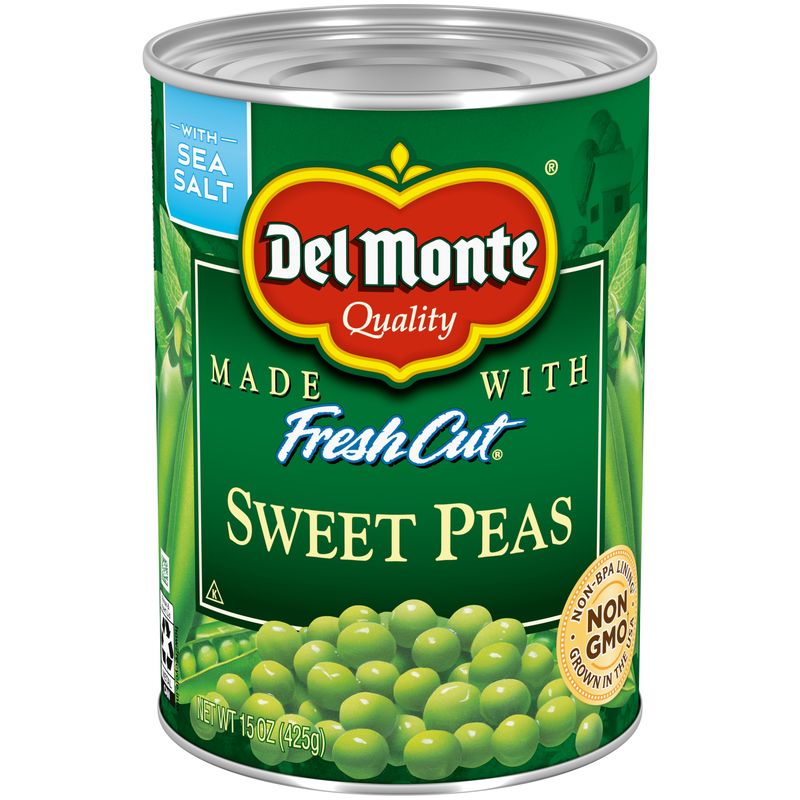
Those soft, olive-green spheres might seem like a convenient way to add vegetables to your meal, but canned peas have lost their nutritional edge. The canning process significantly reduces vitamin content, particularly vitamin C and B vitamins that are sensitive to heat.
Most brands add concerning levels of sodium – sometimes up to 400mg per serving. Many cans still contain BPA linings that can leach into the food, potentially disrupting hormone function.
Fresh peas contain more fiber, vitamins, and natural sweetness without the additives. When fresh isn’t available, frozen peas make a superior alternative – they’re flash-frozen at peak ripeness, preserving nutrients without the salt and BPA concerns.
7. Processed Soy Deception
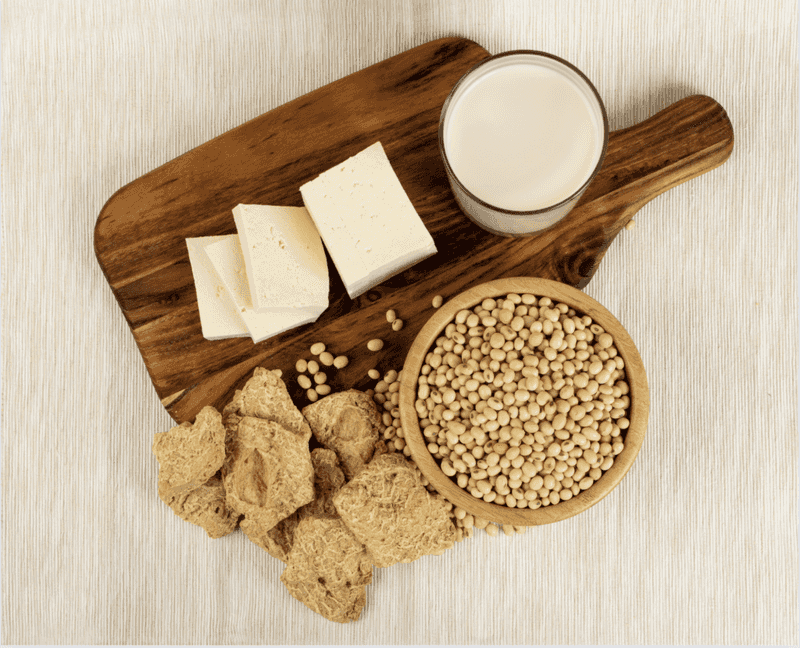
Vegetarian nuggets and soy burgers might seem like healthy plant-based options, but processed soy products often hide a less wholesome reality. Many contain heavily refined soy protein isolate stripped of the natural nutrients found in whole soybeans.
Manufacturers frequently add flavor enhancers, binders, and excessive sodium to improve taste and texture. The isoflavones in soy have raised questions about potential hormonal effects, particularly when consumed in these concentrated, processed forms.
Minimally processed traditional soy foods like tempeh, edamame, and miso offer better nutritional profiles. When choosing plant-based options, look for products with short ingredient lists featuring whole foods rather than isolated soy proteins.
1. Wonderful Watercress
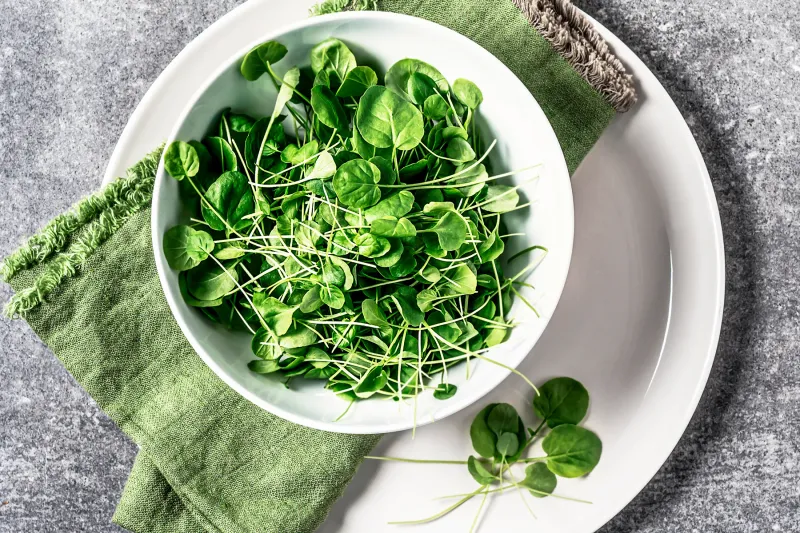
Crowned the nutritional champion by the CDC, watercress packs more beneficial compounds into its small leaves than nearly any other food. These peppery greens deliver exceptional amounts of vitamin K for bone health and blood clotting – just one cup provides over 100% of your daily needs!
Watercress contains unique antioxidants that have been shown to reduce DNA damage linked to cancer development. Its impressive vitamin C content (higher than oranges by weight) supports immune function and collagen production for healthy skin.
Adding watercress to salads, sandwiches, or smoothies provides anti-inflammatory benefits and potential protection against chronic diseases. This overlooked superfood deserves a regular spot in your meal rotation.
2. Brilliant Broccoli
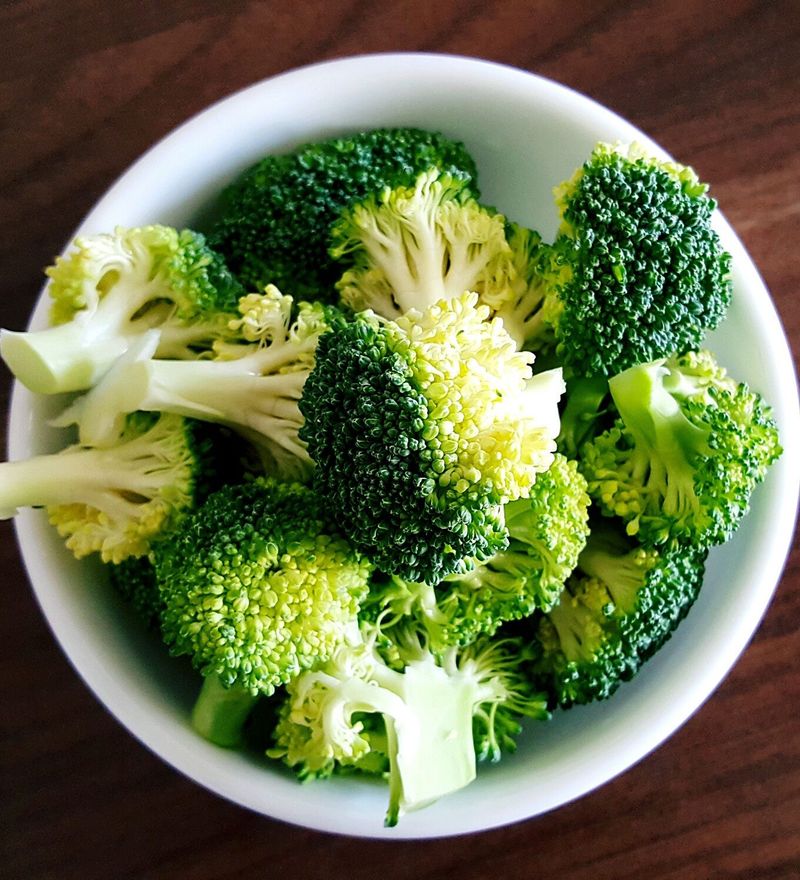
Those miniature tree-like florets deliver a remarkable nutrition package that few vegetables can match. Broccoli’s special power comes from sulforaphane – a compound that activates over 200 genes related to detoxification and antioxidant function.
A single cup provides more vitamin C than an orange, plus substantial amounts of fiber that support gut health and digestion. Research shows regular broccoli consumption may help reduce inflammation and lower the risk of certain cancers, particularly colon cancer.
For maximum benefits, try light steaming rather than boiling – this preserves the delicate enzymes that activate broccoli’s cancer-fighting properties. Add a squeeze of lemon juice to increase iron absorption and enhance flavor naturally.
3. Spectacular Spinach
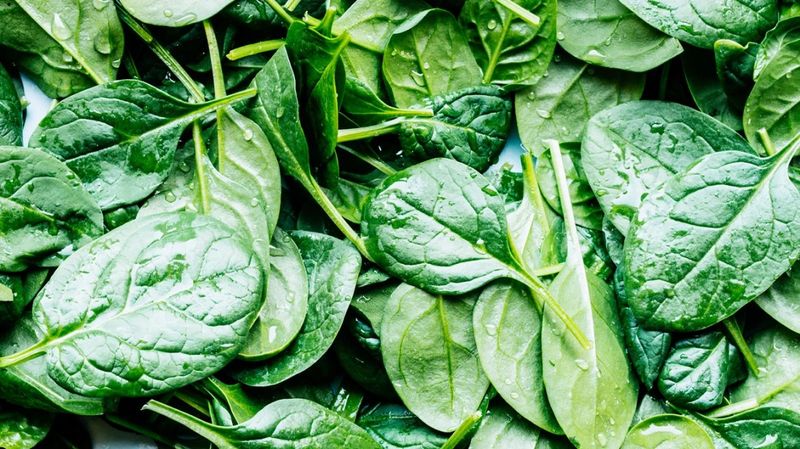
Popeye’s favorite green delivers real-world strength through its exceptional mineral content. Iron-rich spinach helps transport oxygen throughout your body, fighting fatigue and supporting energy production at the cellular level.
These dark leaves provide magnesium – nature’s relaxation mineral – which helps regulate muscle and nerve function, blood pressure, and blood sugar levels. Folate in spinach supports healthy cell division, making it especially valuable during pregnancy and periods of growth.
Unlike many vegetables, spinach actually increases in certain nutrients when cooked, as heat breaks down oxalates that can block mineral absorption. Enjoy it both raw in salads and wilted into warm dishes for maximum nutritional benefits.
4. Colorful Carrots
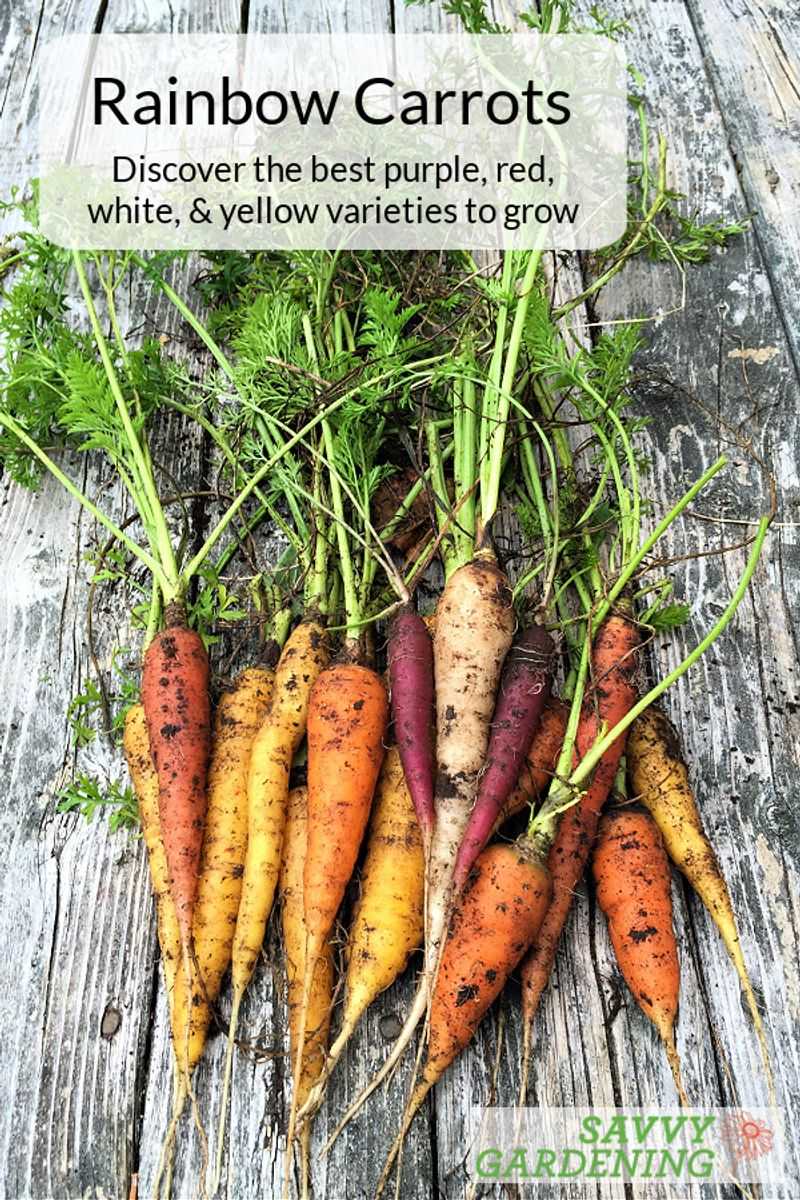
Those vibrant orange roots do more than improve eyesight – they provide whole-body protection through their rich beta-carotene content. Your body converts this plant compound into vitamin A, supporting immune function and cellular communication.
Carrots contain unique fibers that feed beneficial gut bacteria, promoting digestive health and potentially reducing cholesterol levels. Research suggests their antioxidant properties may help protect against certain cancers, particularly lung cancer.
Don’t limit yourself to orange varieties – purple, red, and yellow carrots offer additional beneficial compounds with their different pigments. A light steam or roast enhances nutrient availability while preserving the natural sweetness that makes carrots a favorite even among picky eaters.
5. Knockout Kale
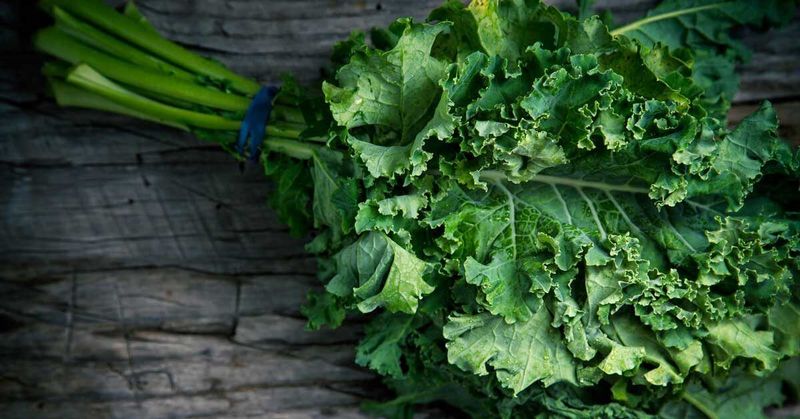
This nutritional heavyweight delivers more vitamin K than almost any other food – essential for proper blood clotting and bone health. Just one cup provides over 600% of your daily vitamin K needs along with substantial amounts of vitamins A and C.
Kale contains lutein and zeaxanthin, specialized antioxidants that protect eye health and may reduce the risk of age-related macular degeneration. Its bitter compounds stimulate digestive enzymes and support your body’s natural detoxification processes.
Massage raw kale with a bit of olive oil and lemon juice to break down its tough fibers and mellow the flavor. This simple technique transforms the sometimes intimidating leafy green into a delicious salad base that’s as pleasing to the palate as it is beneficial to your body.
6. Beneficial Brussels Sprouts

These miniature cabbage lookalikes have undergone a culinary renaissance, and for good reason. Brussels sprouts contain impressive amounts of vitamin K for bone health and special fiber compounds that feed beneficial gut bacteria.
Their standout feature is kaempferol – a potent antioxidant linked to reduced inflammation and cancer protection. Research suggests regular consumption may help reduce your risk of colon cancer through their detoxification-supporting compounds.
Modern cooking methods have transformed these once-dreaded vegetables into delicious sides. Roasting brings out their natural sweetness while preserving nutrients. Try them halved and roasted with a drizzle of balsamic vinegar for a side dish that delivers both flavor and exceptional nutrition.
7. Superior Sweet Potatoes
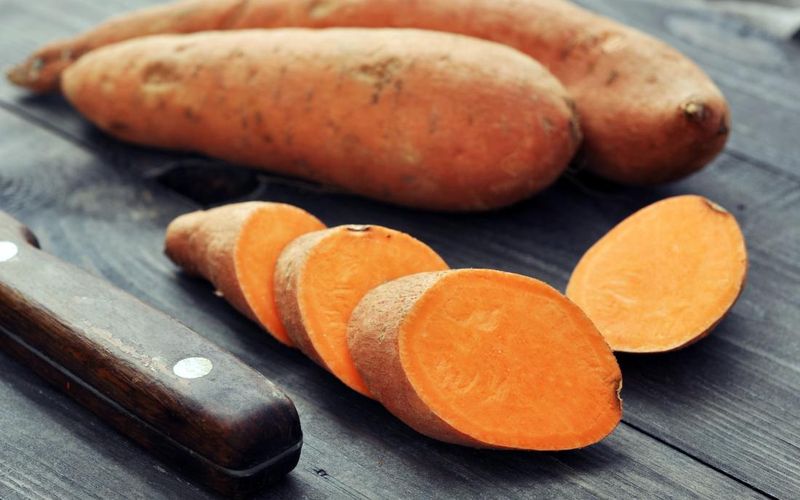
Unlike their white cousins, these orange-fleshed roots deliver sustained energy without the blood sugar rollercoaster. Their natural sweetness comes packaged with fiber that slows digestion and prevents rapid glucose spikes.
Sweet potatoes contain exceptional amounts of beta-carotene – the plant form of vitamin A that supports vision, immune function, and cell growth. Their potassium content helps regulate blood pressure and fluid balance, supporting heart health.
The purple varieties offer additional anthocyanins – powerful antioxidants that protect brain function and reduce inflammation. Baking sweet potatoes with the skin on maximizes their fiber content and nutrient retention, making them a truly complete food that satisfies both nutritional needs and sweet cravings.
Leave a comment